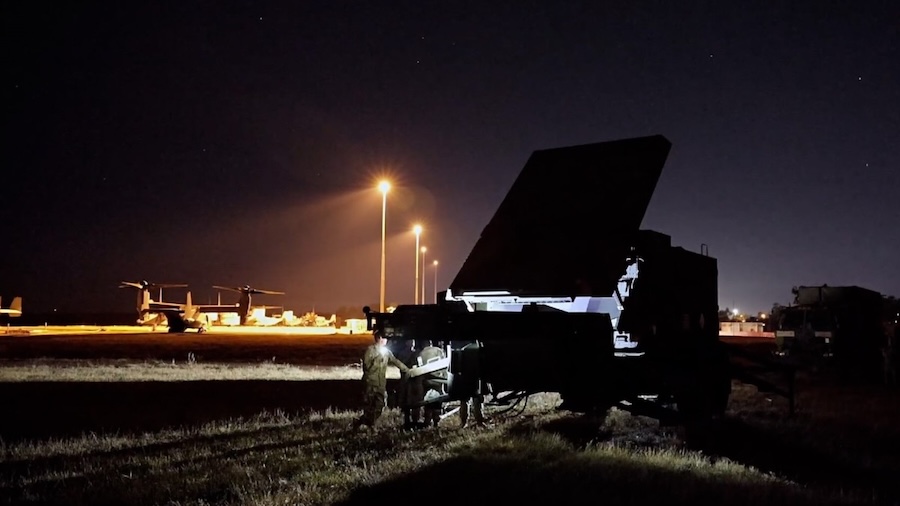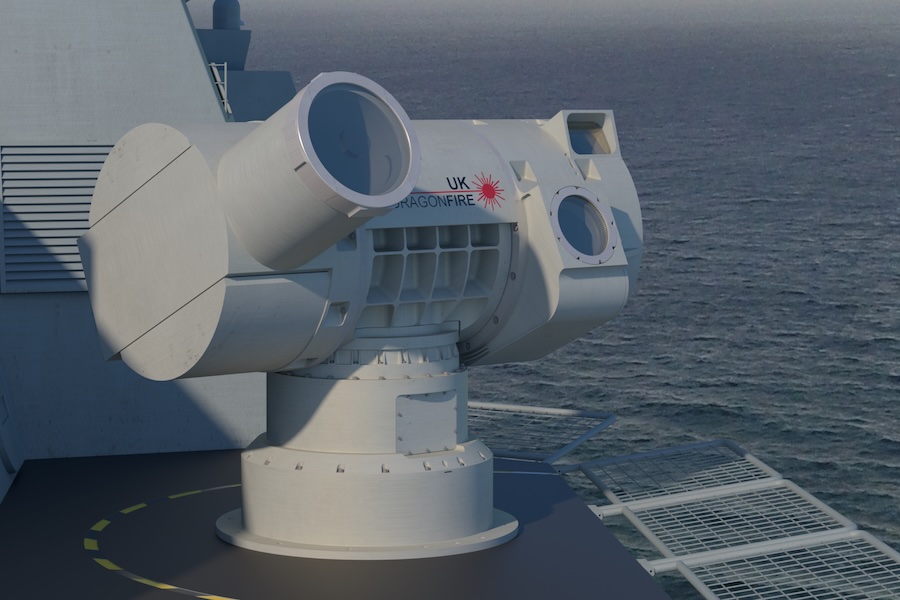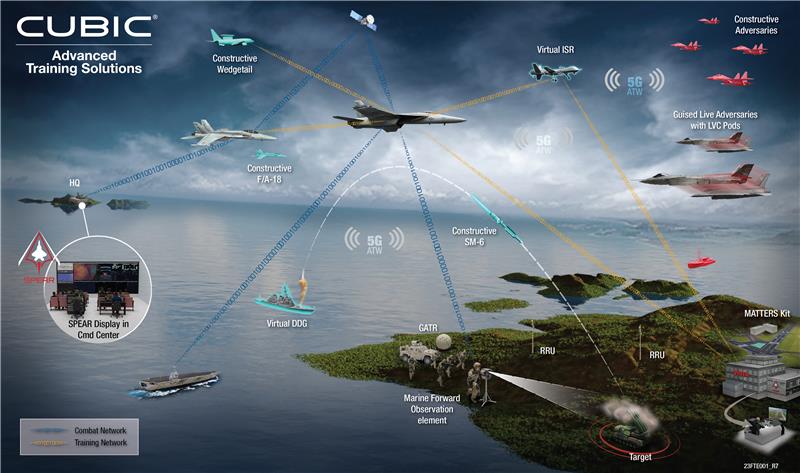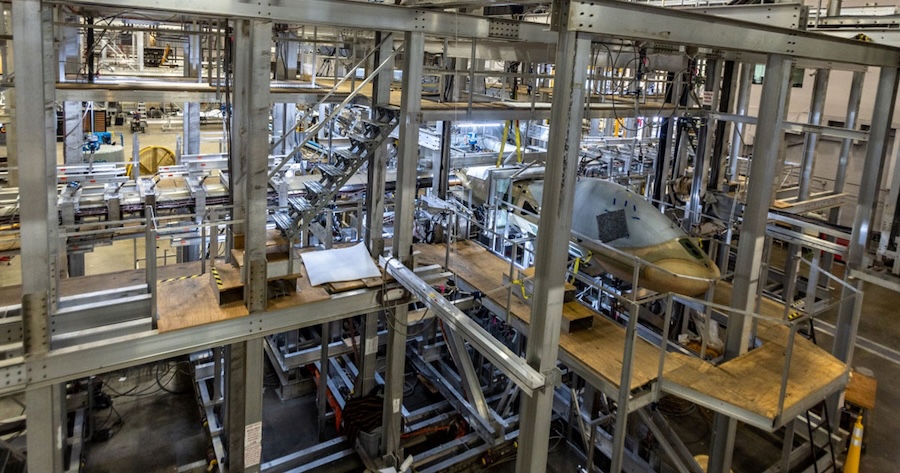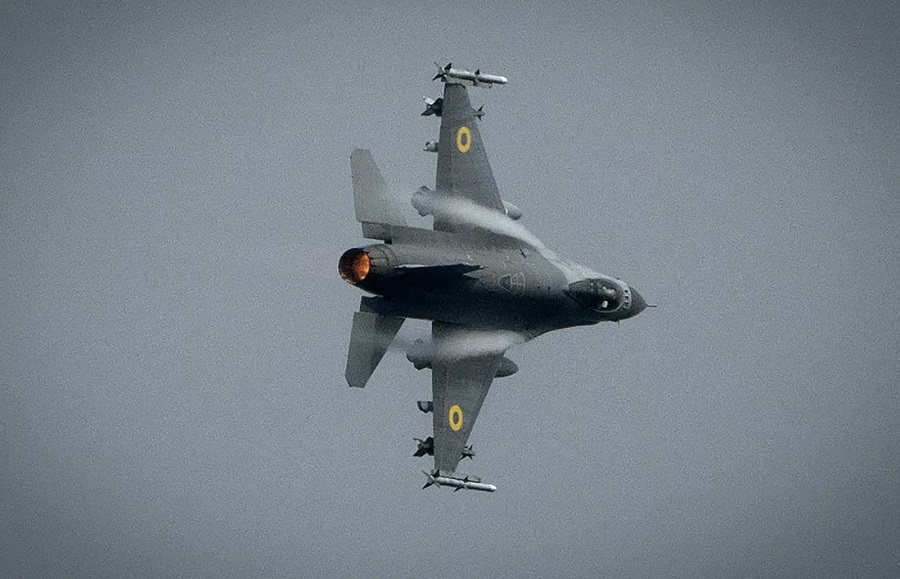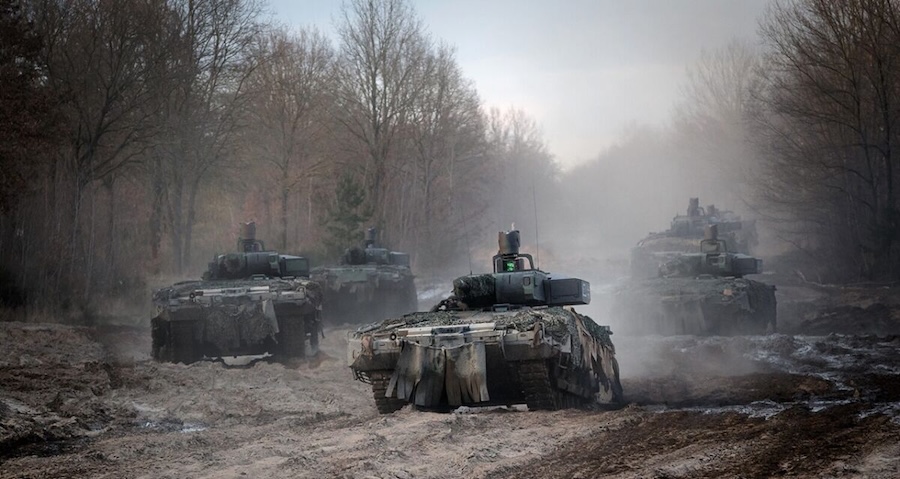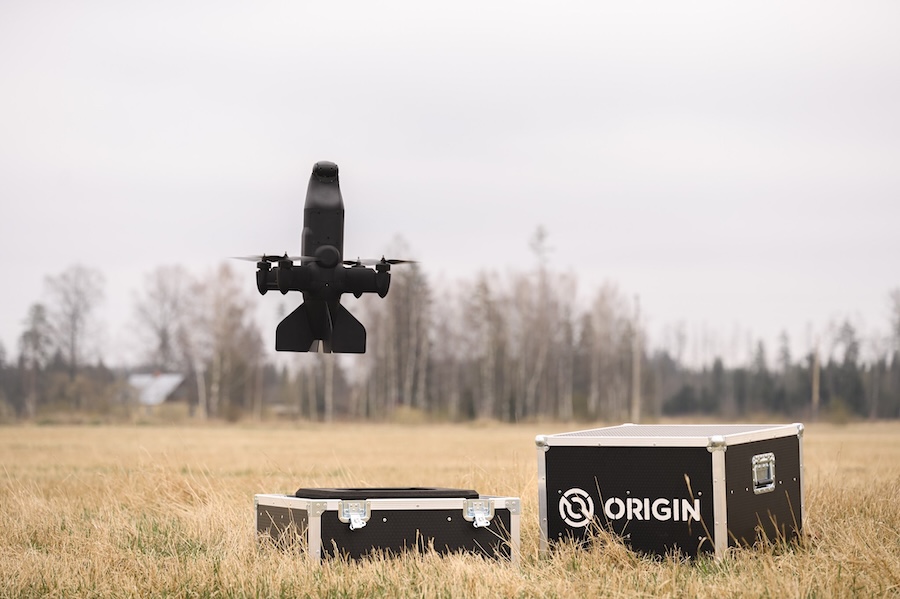According to Ukrainian sources, previous overnight assaults on 8–9 June, 16–17 June, and 28–29 June involved 499, 472, and 537 various missiles and drones, respectively. This latest attack now represents the highest number of weapons used in a single strike since the start of the war.
Massive Russian attack last night has caused fires and much damage, including to the Polish consulate in Kyiv.
President Trump, Putin is mocking your peace efforts.
Please restore supplies of anti-aircraft ammunition to Ukraine and impose tough new sanctions on the aggressor. pic.twitter.com/ZFdbqYn4QH— Radosław Sikorski 🇵🇱🇪🇺 (@sikorskiradek) July 4, 2025
The weapons employed included 539 combat and decoy drones, of which more than 330 were Iranian-designed Shahed types, launched from multiple directions including Kursk, Bryansk, and Primorsko-Akhtarsk. In addition, one Kh-47M2 Kinzhal aeroballistic missile was fired from the Lipetsk region, along with six Iskander-M/KN-23 ballistic missiles and four Iskander-K cruise missiles.
As of 08:00 on 5 July, Ukraine’s Air Force reported intercepting 478 aerial targets. This included 270 destroyed through direct fire and 208 disrupted by electronic warfare systems or brought down in uninhabited areas.
Among the neutralised targets were 268 drones shot down by combat systems, while contact was lost with 208 others. Two Iskander-K cruise missiles were also confirmed to have been downed.
Absolutely horrible and sleepless night in Kyiv. One of the worst so far.
Hundreds of Russian drones and ballistic missiles rained down on the Ukrainian capital.
Right after Putin spoke with President Trump. And he does it on purpose.
Enough of waiting! Putin clearly shows… pic.twitter.com/R0mlfUgJRx
— Andrii Sybiha 🇺🇦 (@andrii_sybiha) July 4, 2025
However, nine Russian missiles and 63 drones managed to hit targets across eight locations in Ukraine. Additional damage was reported in 33 other areas due to falling debris from intercepted projectiles.
Despite the unprecedented scale of the attack, only 11 advanced weapons—ballistic and cruise missiles—were used, compared to previous major assaults that saw up to 100 such missiles launched. Ukrainian analysts highlighted the increasing use of decoy systems—around 200 in this strike—designed to overwhelm air defences.
In Kyiv, at least five city districts sustained damage, with residential buildings, civilian infrastructure, and educational facilities among those affected. The city’s rail infrastructure was also hit, and at least 23 people were injured.
At least five ambulances were damaged while responding to emergencies or en route to impact zones. Material damage was also reported in the Dnipro city area and the Kyiv, Sumy, Kharkiv, and Chernihiv regions.
Meanwhile, on the morning of 4 July, Ukrainian drones struck two Russian defence-related industrial sites. One target was the Azov Optical and Mechanical Plant in Rostov region, which manufactures optics and electronic systems for artillery, missiles, and thermal imaging equipment.
The second target was the Research Institute of Applied Chemistry in Sergiyev Posad, near Moscow, involved in producing thermobaric warheads for Shahed drones. Ukrainian forces reported that a drone hit an electrical substation, cutting power to the facility.













